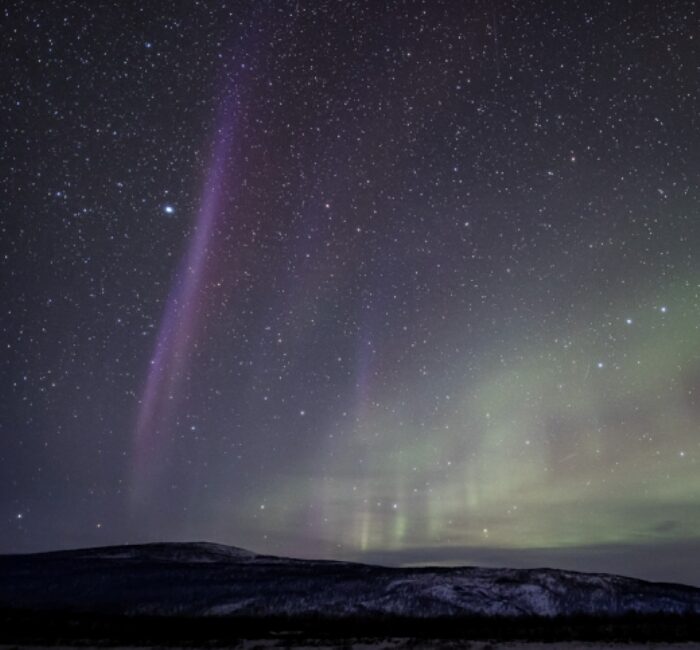OF THE
TIMES
Awordinyourear ok aword, bear with me here, soooo…. lemme see if i’ve got this pedant-ic thing right: corn holes cause alfalfa waves and corn ejections cause stevie ray vaughn waves.
i’ve heard of black holes, bung holes, corn holes, donut holes, pot holes, pie holes, port holes, and now: "corona(l) holes" - LMAO
hmmm.... corona(l) hole... doesn't he work for the WHO ?
🤦♂️
A nation that continues year after year to spend more money on military defense than on programs of social uplift is approaching spiritual doom.
The greed and hubris of our western leaders is going to kill our economies, which have been in recession since 2008. When the shit finally hits...
There is a theory that the Voyager 1 & 2 were sent out into space to find and track Planet X. A very recent report says they may well have...
SBCTry transcendental meditation or Raja yoga (yoga of wisdom). Either will teach you how to understand the inner conciousness. The role of the...
Almost all the private wealth of the UK is held by the Grannies and Grandads ,representing the lifetime savings to keep them secure and to pass on...
Considering the level of rationality displayed on Western / EU side lately, I think they will do it anyway. Which only hastens their demise.
To submit an article for publication, see our Submission Guidelines
Reader comments do not necessarily reflect the views of the volunteers, editors, and directors of SOTT.net or the Quantum Future Group.
Some icons on this site were created by: Afterglow, Aha-Soft, AntialiasFactory, artdesigner.lv, Artura, DailyOverview, Everaldo, GraphicsFuel, IconFactory, Iconka, IconShock, Icons-Land, i-love-icons, KDE-look.org, Klukeart, mugenb16, Map Icons Collection, PetshopBoxStudio, VisualPharm, wbeiruti, WebIconset
Powered by PikaJS 🐁 and In·Site
Original content © 2002-2024 by Sott.net/Signs of the Times. See: FAIR USE NOTICE

Comment: STEVE (Strong Thermal Velocity Enhancement) is a relatively recent discovery, first spotted and photographed by Canadian citizen scientists around 10 years ago. It looks like an aurora, but it is not. See also:
- Astronomers studying novel atmospheric plasma phenomenon 'STEVE' publish paper on 'pure green sky canonballs'
- STEVE makes unusual summertime appearance, record breaking solar minimum update
- The phenomenon STEVE is not an Aurora after all
Discoveries like STEVE are just the tip of the ice berg when it comes to the unusual phenomena that reflects the shift occurring on our planet - and even further afield: